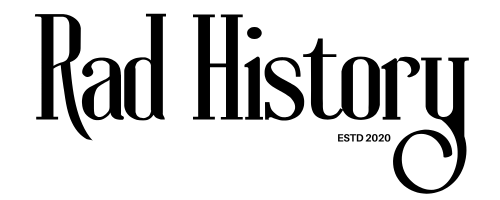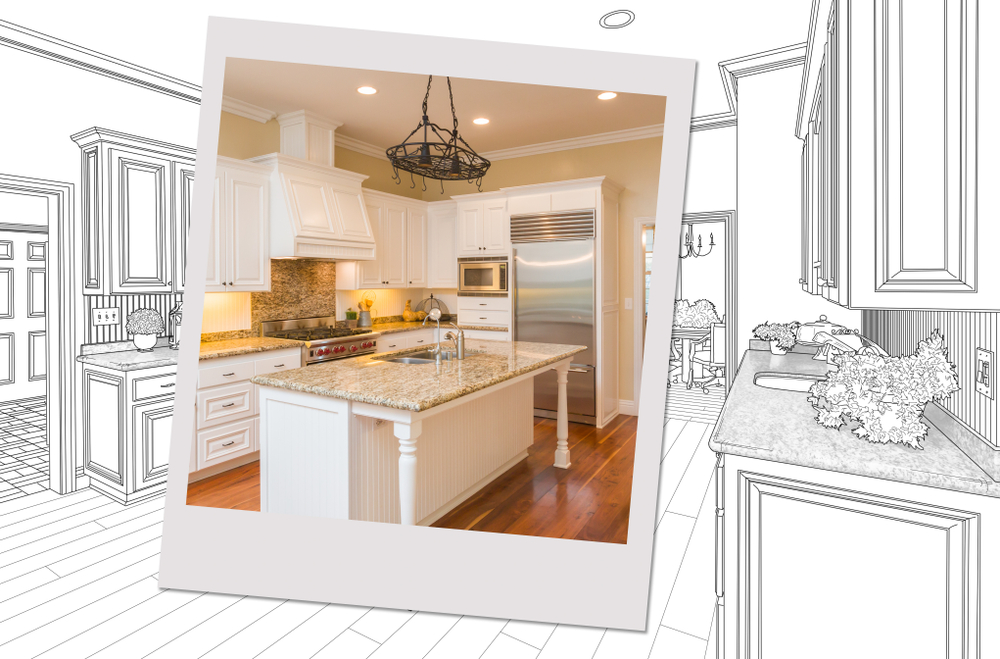Ever stared at your outdated kitchen or that ominous bathroom leak and thought, “Why am I the only one footing the bill for this?” Whether your 1970s wallpaper is peeling from water damage or your wiring crackles like a bad horror movie soundtrack, there are legit government-backed funds that can help cover the cost of renovations. You just have to know where to look—and how to ask.
While most people associate home renovation aid with disaster recovery or rural properties, the reality is far broader and more accessible than it sounds. From tax credits to rehab loans, there are actual programs designed to encourage homeowners to preserve, modernize, and upgrade housing stock—without draining their savings.
The Government Actually Wants You to Fix Up Your Place
It might sound counterintuitive, but the system benefits when you invest in your home. Why? Renovated homes increase property values, stabilize neighborhoods, and reduce the risk of blight. That’s why state, federal, and local programs exist to pitch in, particularly if your renovation includes safety upgrades, energy efficiency, or accessibility improvements.
Here are the key ways you can get some financial backup from the government when you’re planning a remodel.
1. FHA 203(k) Rehabilitation Loans
This is the bread and butter for folks buying a fixer-upper or refinancing an existing mortgage to fund repairs.
- Allows you to roll the cost of renovations into a single mortgage
- Covers both structural and cosmetic repairs
- Available for primary residences only
- Backed by the Federal Housing Administration
The big win here is that you don’t need a separate construction loan. It’s one application, one closing, and the funds are held in escrow and released as the work progresses. Just keep in mind: you’ll need to work with an approved lender and a qualified contractor.
2. Fannie Mae HomeStyle Renovation Loan
For those who don’t meet FHA requirements—or want a conventional loan option—this program offers similar flexibility.
- Can be used for renovations on primary homes, second homes, or investment properties
- Borrow up to 75% of the “as-completed” appraised value
- Allows for luxury upgrades (yes, even that rooftop deck counts)
One pro tip? Your credit score matters more here than it does with the FHA option. The HomeStyle loan is a strong fit for buyers or owners with decent equity and a clear vision for their upgrade.
3. HUD Title 1 Property Improvement Loan
Don’t want to refinance your home? Fair enough. The HUD Title 1 loan might be your better bet.
- Offers fixed-rate loans up to $25,000 for single-family homes
- Doesn’t require equity in your home
- Often available through local banks and credit unions
The beauty of this option is its simplicity. You don’t need a ton of red tape or a complicated loan structure—just a plan, a lender, and a realistic budget.
4. Weatherization Assistance Program (WAP)
This one is a sleeper hit. If your renovation plan includes energy-saving upgrades—like insulation, windows, or furnace repairs—the WAP might foot part of the bill.
- Prioritizes low-to-moderate income households
- Covers insulation, air sealing, HVAC repairs, and more
- Available through local community action agencies
Even if you don’t qualify for full funding, the energy audit alone is a valuable freebie. It can identify the most cost-effective upgrades to lower your utility bills long-term.
5. Local and State Home Improvement Grants
Your local government might be sitting on renovation funds and not shouting about it. City redevelopment agencies, housing departments, and even utility companies offer incentives and grants, especially in targeted areas or for specific types of work.
- Historic preservation grants for older homes
- Lead paint remediation funding
- Accessibility upgrades for residents with disabilities
- Matching funds for neighborhood beautification
These programs vary wildly by ZIP code, so your best bet is to start with your city or county’s housing office. Search for terms like “home repair grants” or “housing rehabilitation program” alongside your city’s name.
6. Energy-Efficient Home Improvement Credit
If your fixer-upper journey includes solar panels, new insulation, or a high-efficiency heat pump, don’t forget the tax side of things.
- You can claim 30% of the cost of qualifying energy improvements
- Applies to heat pumps, windows, insulation, and more
- Maximum annual credit is capped, but renewable year over year
This one won’t put cash in your hand upfront, but it could slash your tax bill—making it a retroactive way to recoup renovation costs.
Red Tape Survival Tips
Government money rarely comes with zero strings attached. Expect paperwork, inspections, and a healthy amount of patience. But that doesn’t mean the process has to be painful.
- Start with a clear scope of work. Know what you’re fixing, what it’ll cost, and why it matters.
- Work with contractors who’ve done this before. Some programs require licensed professionals with experience in government-backed jobs.
- Save every receipt and photo. Documentation is your best friend when applying for reimbursement or navigating inspections.
- Be prepared for delays. Funding cycles, approvals, and contractor availability can stretch timelines. Plan accordingly.
Who’s Most Likely to Qualify?
You don’t have to be broke to get help renovating—but many programs are income-restricted or prioritized for underserved communities. That said, even moderate-income earners or new homeowners can qualify.
- Your home is in a designated improvement area
- You’re planning upgrades for safety, energy efficiency, or code compliance
- You’re fixing up a home you just bought
For those living in older homes or historically underinvested neighborhoods, the chances are even better.
One Renovation, Multiple Benefits
Here’s the twist: many of these programs can be stacked. You might qualify for a rehab loan and still claim energy credits come tax time. Or use a local lead paint removal grant alongside a Title 1 loan for general repairs. Just keep track of the funding rules—some programs prohibit double-dipping from certain sources.
Where to Start Your Search
If all this sounds promising but overwhelming, don’t freeze up. The following are excellent jumping-off points.
- HUD Resource Locator – Find local offices and home assistance programs
- Energy Star Tax Credit Info – Details on qualifying energy upgrades
- State Housing Finance Agencies – Directory of state-level program links
- Local city housing departments and redevelopment authorities – often the best-kept secret
Renovation Reality Check
Home improvement doesn’t have to mean bleeding money. If you’ve got the patience to fill out some forms and play by the rules, there’s a decent shot the government will chip in. And let’s be real—wouldn’t it be nice if that new roof or updated HVAC came with a side of financial relief?
More Than Just a Pretty Remodel
A renovation is more than a vanity project—it’s a long-term investment in your health, safety, energy efficiency, and property value. When the government offers to share the burden, it’s not charity. It’s policy with purpose. So if your home needs help, don’t assume it’s all on you. That cracked foundation or drafty attic might just qualify for a little taxpayer-funded TLC.




